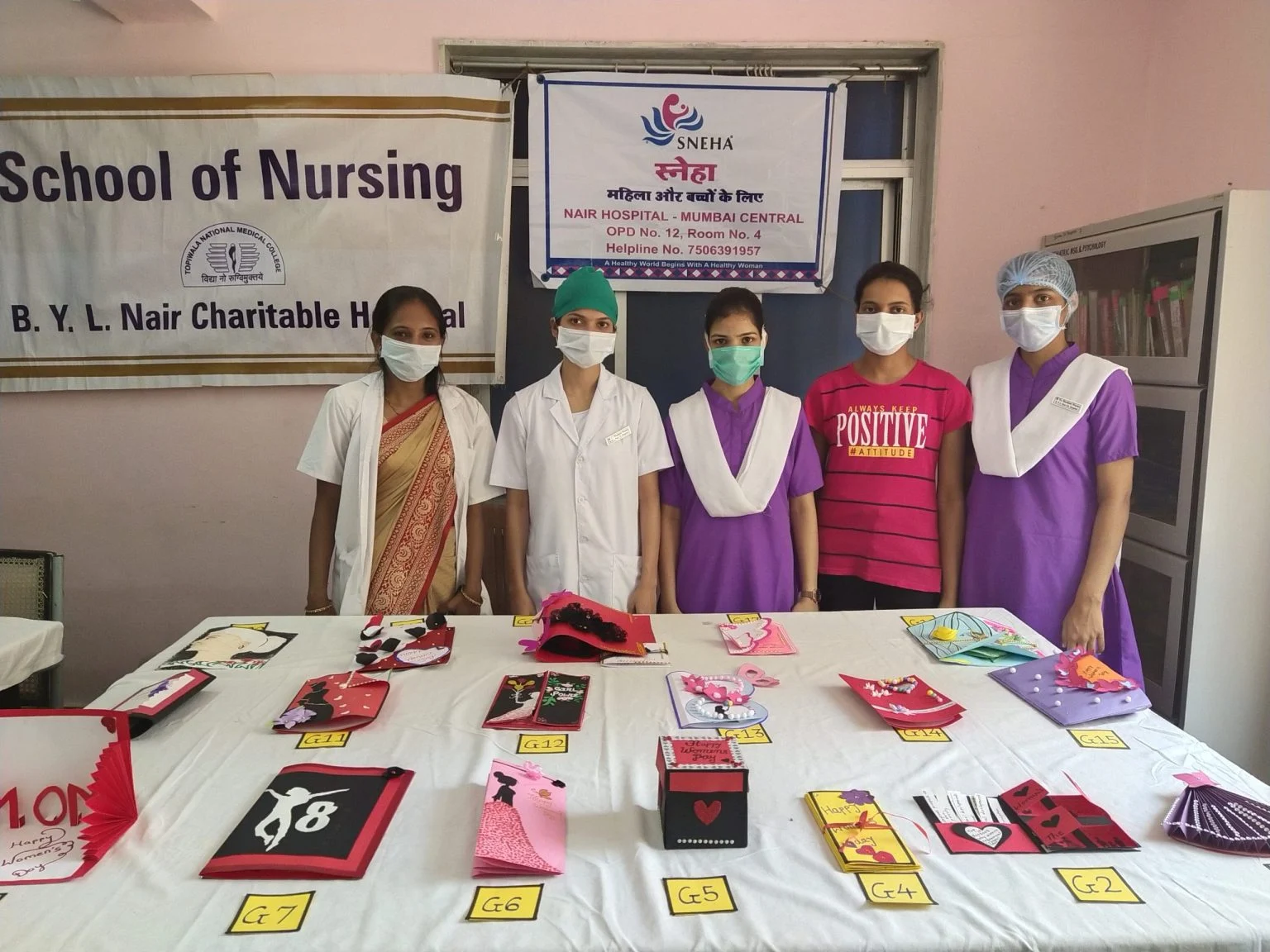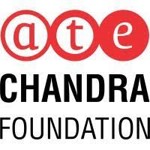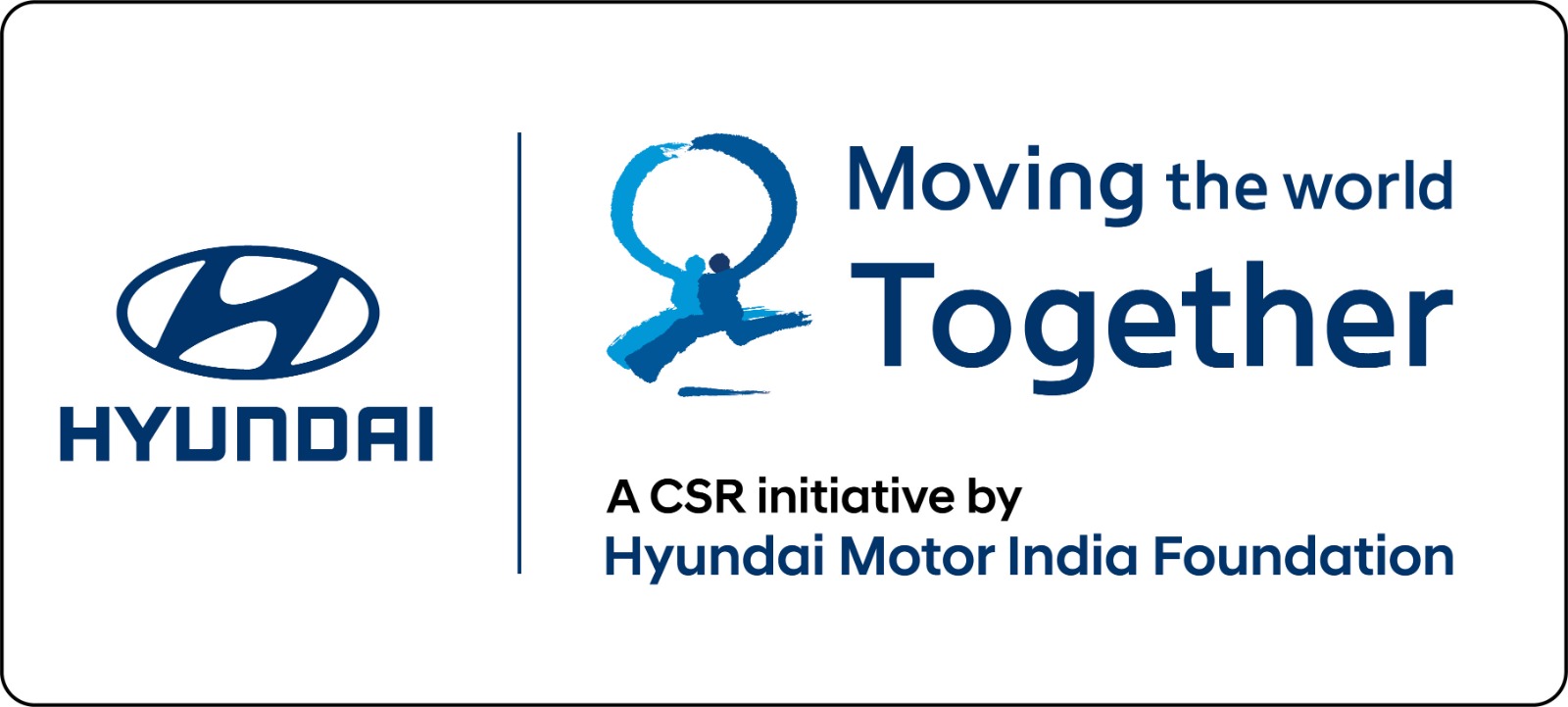In the second part of the series on gender based violence, we take a look at the important measures that need to be taken to create a more equitable and a kinder world for women of all ages
The brutal gangrape of a physiotherapy intern in 2012 resulted in a mass public outcry. The victim was christened, ‘Nirbhaya’ or ‘the fearless one’ by a reputed media outlet. Since 2012, many such cases of sexual assault and brutality towards women- Unnao, Hathras, Kathua made it to the print media headlines and trending hashtags on social media.
Despite so much of public clamor and disapproval, frequency of such barbarity do not show any decline. It is shameful for the states that fail to prevent it and societies that tolerate and in fact perpetuate it. It must be eliminated through political will, and by legal and civil action in all sectors of society. Following are some ways of containing the raise of violence against women and girls: –
1. Sensitization of Healthcare workers:
One immediate step towards the identification of domestic violence and helping women acknowledge and seek support for Gender Based Violence (GBV) and Violence Against Women and Girls (VAWG) is to sensitize and strengthen the health care system where such victims land up much before they find the strength to approach the police. By the time a GBV case has reached the health system, it has crossed the tolerance threshold of the four walls of the home and is severely jeopardizing the physical and mental well-being of a woman. Yet many may not report it as domestic violence by their intimate partner or his family.
In 1998 a group of medical doctors from the Lokmanya Tilak Municipal General Hospital (LTMGH) and a social worker founded SNEHA (Society for Nutrition, Education and Health Action) in Mumbai as an Institutional response to GBV and strengthening public health system to deal with the malaise.
While working in the neonatology department, these doctors came across many mothers who faced violence, lacked family and economic support, and suffered from health problems inhibiting them from living a healthy life. The hospital provided medical intervention, but the group recognized the implicit need to provide help beyond medical care. These women had little or no financial resources to pay for their own and their child’s treatment. Lack of family support and domestic violence in their day- to- day lives was pervasive.? Violence and neglect in their homes hindered their access to health services leading to health issues for both mother and child. LTMGH thus started a women’s OPD in collaboration with the forensic and psychiatry department.? A crisis cell, managed by at least two SNEHA counsellors introduced in the premises of a public hospital ensured the provision of timely and comprehensive interventions for crisis counselling and guiding the woman for further help.
SNEHA also works with public systems to enhance coordination of the state response to crimes against women. Primary preventive interventions are carried out through community outreach programs to embolden ‘zero tolerance’ for VAW. Secondary interventions are provided through a comprehensive service-oriented system. A structured convergence of responses from a range of services is the most effective way of eliminating gender-based violence.
The health sector has unique potential to deal with violence against women, particularly through reproductive health services, which most women will access at some point in their lives. Frontline workers who come in direct contact with such victims for immediate health needs could identify GBV and guide them to appropriate support mechanisms like counselling, shelter, legal aid etc.
However, this potential is far from being realized. Few doctors, nurses or other health personnel have the awareness and the training to identify violence as the underlying cause of women’s health problems.
2. CSR and Corporate Contributions:
Corporates have long been interested in women’s economic empowerment, yet only four percent of total CSR expenditure goes to women’s empowerment projects. The Interventions range from scholarships, career counselling, and training to placements, entrepreneurship, and financial and digital inclusion, supporting access to capital, markets etc. Soft and life skills development – which are critical in building a women’s agency, equipping her to navigate power imbalances within her family, community and other institutions – reported low CSR spends. Safety promotion and domestic violence support interventions receive very frugal support.
Apart from facilitating women’s economic empowerment, CSR funds should be allocated to support such grave social issues. GBV has long-term structural ramifications, which include, loss of work, loss of revenue, loss to overall economy, reputational risk for the nation etc. It is also an also added burden on the exchequer, because a chunk of public money goes to special funds, schemes, and shelter homes.
There is certainly an agreement among CSR practitioners that there is a need for CSR to intervene, but practical challenges often thwart them from taking any initiative. The key challenges being — complex nature of CSR decision-making within companies; difficulties in identifying evidence-backed, effective models along with experienced partners; inability to quantify and measure outcomes; and inability to tackle perception of risks among internal stakeholders while engaging in sensitive subjects such as domestic violence.
3. Role of NGOs
NGOs and other civil society organisations have played a vital role in not just women empowerment, but also helping victims of GBV. But more often than not, such NGOs face a backlash from the communities where they are trying to implement such programmes.
Over 60 percent of organisations implementing programmes aimed at empowering girls faced backlash according to a study involving 73 adolescents and youth-focused non-profit organisations promoting gender egalitarian attitudes in young adults. These NGOs were implementing programmes aimed at empowering girls-such as building leadership skills, providing sexual and reproductive health information, encouraging completion of education, building livelihood skills or helping delay marriage. One- third of the organisations were forced to modify programme content (for instance drop modules on sensitive topics such as sexual health or child marriage) due to negative reactions from the community.
More than half of the responding organisations were denied entry into communities. Many field-level programme implementers were threatened, verbally abused, and even physically attacked for implementing empowerment programmes.
This backlash has resulted in many NGOs backing out. Others have taken up the role of service providers, like running shelters for women etc. rather than facilitating change from the forefront.
In such cases, NGOs must receive ample support from local administrative authorities. NGOs should play a facilitative role between the health system and other related structures given their flexibility and ability to act as the connecting link.
4. Legal framework and implementation:
There are enough laws in place to prevent Violence Against Women (VAW). But despite that, India was ranked as one of the world’s most dangerous countries for women by Thomson Reuters Foundation’s annual poll. Clearly, law making is not enough-implementation modus-operandi should be well defined and implemented.
?A few key changes in India’s legal system, including the passing of stricter sexual assault laws, and the creation of fast-track courts for prosecution of rapes have reaped better results. Recent cases of violence against women like the Kathua Rape case and Unnao rape case have also led to legislative changes. At least four states – Rajasthan, Jammu and Kashmir, Haryana and Arunachal Pradesh – have introduced the death penalty for rapes of minors, defined as below 12 years of age.
Post the brutal Nirbhaya murder and rape case in Delhi, the government announced a ‘one-stop facility’ for survivors of rape and sexual violence meant to provide medical, legal and psychological assistance. The one-stop centres derive funds from the Nirbhaya scheme that was set up with an initial corpus of?Rs.?1,000 crore in the annual Budget 2013-14.? The Ministry of WCD is responsible for using Nirbhaya funds towards direct services that address violence against women.
The Nirbhaya Fund however has not been utilized well. Only 36 percent of the funds had been utilized till March 2020. According to an Oxfam report, the Ministry of Finance provided an amount of INR 4357.62 crore in 2019-20 under the Nirbhaya Fund. However, nearly 73% is allocated to the Ministry of Home Affairs (Police). Other ministries like health, education and urban development have not even put up proposals as to how they will utilize the funds.
The report further pointed out the need to further monetize the added the need for allocating more funds to mitigate VAWG. The annual budgetary requirement for these schemes is ?10,000 crore, but current budgetary allocations are less than 25 percent of what is required.??
There is no silver bullet to ending violence against women. Besides concerted efforts from all sections of the society, we need to shun patriarchy and create a world that is more egalitarian, inclusive, kind and tolerant.
Bereft of all hope, individuals from all walks of life are toiling against the grinding obstacles put in place by the COVID-19 pandemic. Being caught up in this seemingly everlasting grind may be more nerve-racking for some than others and hence, striking a copybook work-life balance might get hard. Under such circumstances, being kind to one’s mind is of paramount importance. Therefore, familiarising oneself with coping techniques that help manage stress, anxiety, and exasperation can help one and the people they care about become more resilient.
Here is a befitting toolkit that might help one catalyse the functioning of their coping mechanisms amidst such hard and trying times-
1. Feel responsible for every message you forward –Check for the authenticity of the information. Ask forwarder about the source of the information/ appeal.
2. Check the date & time of the appeal –In many emergency cases, time is the essence. The appeal may be genuine but the person may already have received help or may not need support anymore. Similarly, the facility/support may not be availability or operational anymore. In case the message doesn’t have a date, add it, whenever you are amplifying it to give some perspective about the time.
3. Vetting the Support Contact details –When circulating (forwarding any number) support contact details, ask your source whether they have verified it and when. If they haven’t, put in some efforts and verify it yourself. If immediate help is not available there, then also inquire about the existing support system and chances of next availability. Add it in your message along with the time of verification.
4. Critical but unverified information –In case you are unsure about the credibility of the message, please don’t forward it. Or do mention that the message is not verified by you and the receiver (s) may verify on their own.
5. Don’t forward unsolicited advice – Please refrain from doling out unsolicited medical advice unless you are a doctor or have confirmed it with a doctor. This applies for all home remedies. Sometimes, the unverified information may result in impacting someone’s chances of survival.
Search
Categories
Recent Posts
- A brief visit to a project site in Gurugram
- How was OneStage born?
- ‘The plight of people moved me, and the heroic efforts of frontline workers inspired me to support COVID Relief work’
- 7 ways to take care of your Mental Health during the pandemic
- 5 things you must keep in mind before forwarding information on COVID












.png)

.png)

